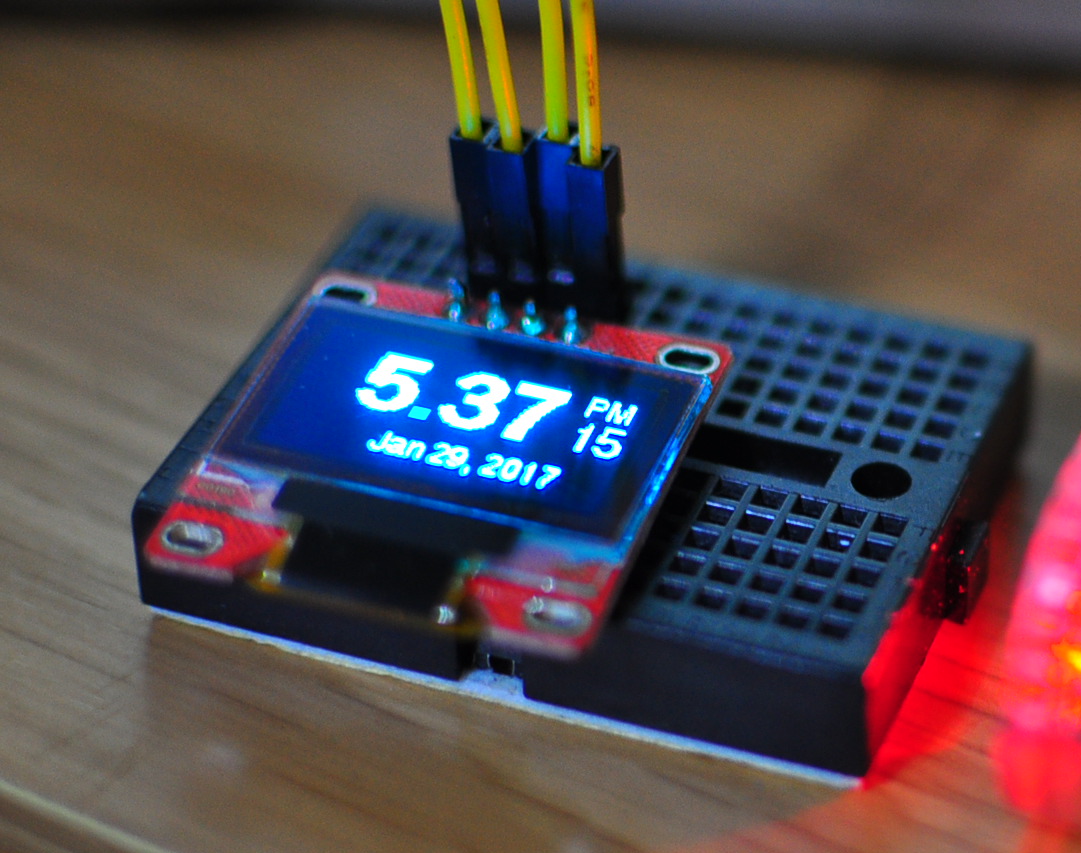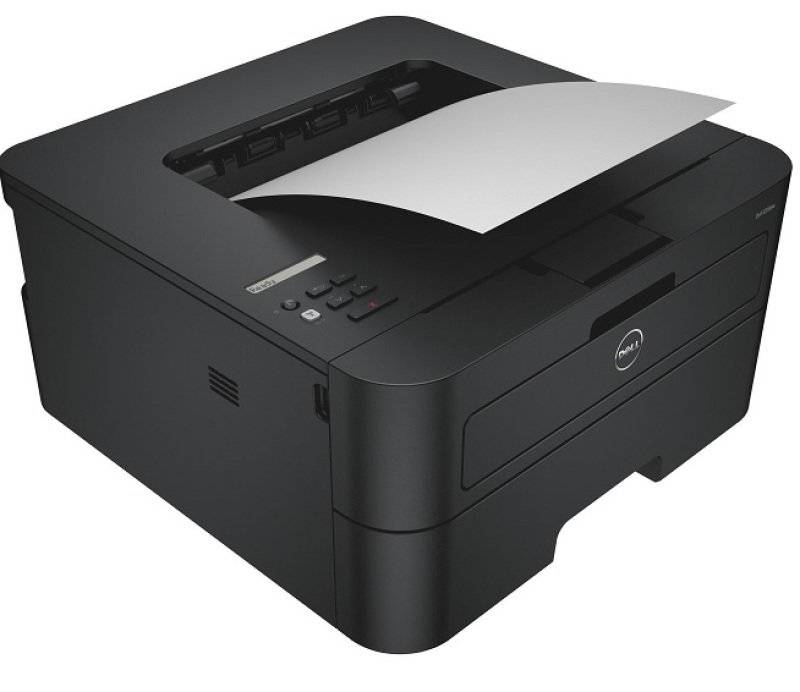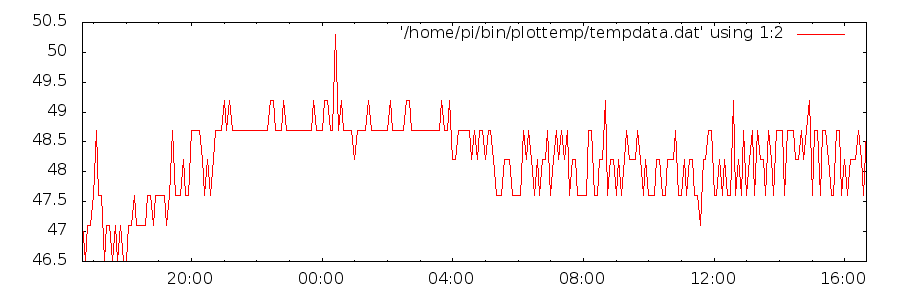Articles
Quick way to switch to a USB WiFi adaptor on your Raspberry Pi
27 January 2025 RaspberryPi
How to install Filebrowser as a service using www-data as the user on a Raspberry Pi
17 January 2025 RaspberryPi
How to switch your WiFi connection to a USB WiFi adaptor on your Raspberry Pi
14 January 2025 RaspberryPi

How to easily broadcast the hostnames of other devices on your network using a RaspberryPi or any linux machine
11 January 2025 RaspberryPi

Fix "-bash: mail: command not found" error on RaspberryPi
9 January 2025 RaspberryPi
Fix "Cannot open mailbox /var/mail/USER: No such file or directory" error message
9 January 2025 RaspberryPi
How to enable and change the Remote IR GPIO pin in OSMC
30 October 2017 RaspberryPi

Raspberry Pi 3 HDMI overscan settings and how to correct them
7 April 2017 RaspberryPi
SSL on a RaspberryPi - does it slow your site down?
22 March 2017 RaspberryPi

How to make a clock for a raspberry pi with an OLED display
10 February 2017 RaspberryPi

How to install Dell Printer E310dw on your Raspberry Pi
24 November 2016 RaspberryPi

How to create real time graphs of CPU temperature on a Raspberry Pi
3 November 2015 RaspberryPi

How to make and set up a twitter bot on your own server / Raspberry Pi
12 July 2015 RaspberryPi
New childs.be website launched
22 March 2014 RaspberryPi

the Raspberry Pi is alive
4 March 2014 RaspberryPi

Subscribe to newsletter
- Quick way to switch to a USB WiFi adaptor on your Raspberry Pi
- Alignements de Carnac
- How to install Filebrowser as a service using www-data as the user on a Raspberry Pi
- How to install Raspberry Pi's SD Card Copier on your non Raspian Linux machine
- How to print an array as a HTML table in PHP
- How to switch your WiFi connection to a USB WiFi adaptor on your Raspberry Pi
- How to easily broadcast the hostnames of other devices on your network using a RaspberryPi or any linux machine
- Fix "-bash: mail: command not found" error on RaspberryPi
- Fix "Cannot open mailbox /var/mail/USER: No such file or directory" error message
- Vanlife 2024 Overview
- Create an elevation profile from a gpx file
- Dell OptiPlex 3060 SFF's WiFi isn't BIOS whitelisted
- How to calculate Heat Index like your ThermoPro 350S
- How to log Temperature and Humidity from a ThermoPro TP350S in Linux
- Automated batch conversion of Garmin FIT files to GPX in Linux